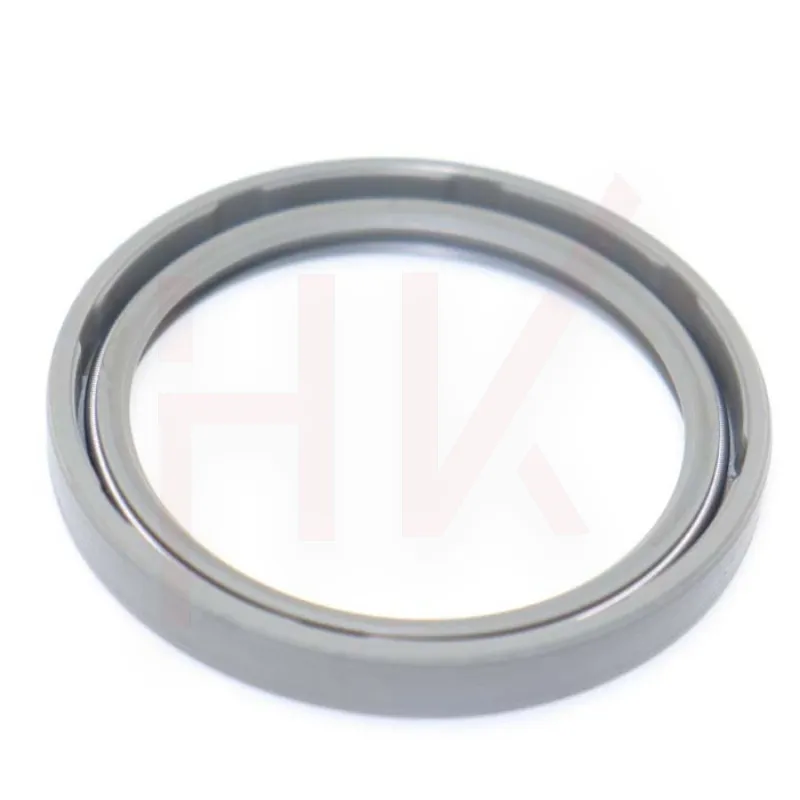டிசம்பர் . 06, 2024 22:50 Back to list
Effective Solutions for Shaft Wipers in Industrial Applications and Maintenance
Understanding Shaft Wipers Essential Components for Industrial Machinery
Shaft wipers, though often overlooked, play a critical role in maintaining the efficiency and longevity of industrial machinery. These components are designed to keep shafts clean and free from contaminants, thus ensuring optimal performance in various applications. From manufacturing and automotive to robotics, shaft wipers are essential for any system utilizing rotating or sliding shafts.
The Purpose of Shaft Wipers
The primary purpose of shaft wipers is to prevent dirt, dust, and other debris from entering critical components of machinery, such as bearings, seals, and gears. Contaminants can lead to increased wear and tear, which can result in machinery downtime and costly repairs. By effectively wiping the shaft during operation, these components contribute to a longer lifespan for the machine and promote smoother operation.
Design and Material Considerations
Shaft wipers can be made from various materials, including rubber, polyurethane, and other synthetic materials. The choice of material often depends on the environment in which the machinery operates. For instance, in high-temperature environments, materials that can withstand extreme conditions without degrading are essential. In contrast, applications that involve exposure to chemicals may require resistant materials to prevent rapid wear.
The design of shaft wipers also varies based on the specific needs of the application. Some wipers feature a simple lip design, while others incorporate advanced geometries to enhance dirt collection capabilities. Additionally, the size of the wiper must match the shaft dimensions precisely to ensure proper sealing and effective cleaning.
Types of Shaft Wipers
shaft wipers

There are several types of shaft wipers, each suited for different applications
1. Static Wipers These wipers are fixed in place and continuously sweep across the rotating shaft, making them ideal for applications with stable, fixed installation points.
2. Dynamic Wipers Designed for moving applications, dynamic wipers maintain effective contact with the shaft while it rotates. This flexibility is crucial for high-speed machinery where static wipers may fail to perform.
3. Seal Wipers These serve a dual purpose, acting both as a wiper and a seal. They prevent contaminants from entering the bearing assembly while keeping lubricants from leaking out.
4. Custom Wipers For specialized applications, custom wipers can be designed to meet specific requirements. This is especially important in industries such as aerospace and automotive, where precision and reliability are paramount.
Maintenance and Replacement
To ensure continued effectiveness, regular maintenance of shaft wipers is important. Operators should inspect wipers frequently for wear and damage, as compromised wipers can lead to contamination within the machinery. Replacement should occur at the first sign of deterioration to prevent costly downtime.
In conclusion, shaft wipers may be small components, but their impact on the overall functionality and durability of industrial machinery cannot be understated. By investing in high-quality wipers and maintaining them properly, companies can enhance their operational efficiency and extend the lifespan of their equipment. Understanding the various types of shaft wipers and the materials used in their construction is essential for selecting the right solution for specific applications. Whether in heavy manufacturing or advanced robotics, shaft wipers are indispensable for keeping machinery running smoothly and efficiently.
-
Unlocking the Potential of Hydraulic Systems with Essential Sealing Solutions
NewsAug.06,2025
-
Unleash the Power of Your Hydraulic Systems with Our Premium Seal Kits
NewsAug.06,2025
-
Specialized Hydraulic Seal Kits for Breakers, Pistons, and Presses
NewsAug.06,2025
-
Revitalize Hydraulic Systems with Premium Repair and Seal Kits
NewsAug.06,2025
-
Fortify Your Cylinders with Premium Sealing Solutions
NewsAug.06,2025
-
Elevate Hydraulic System Reliability with Specialized Seal Kits
NewsAug.06,2025
-
TCN Oil Seal Metal Ring Reinforcement for Heavy Machinery
NewsJul.25,2025
Products categories
















